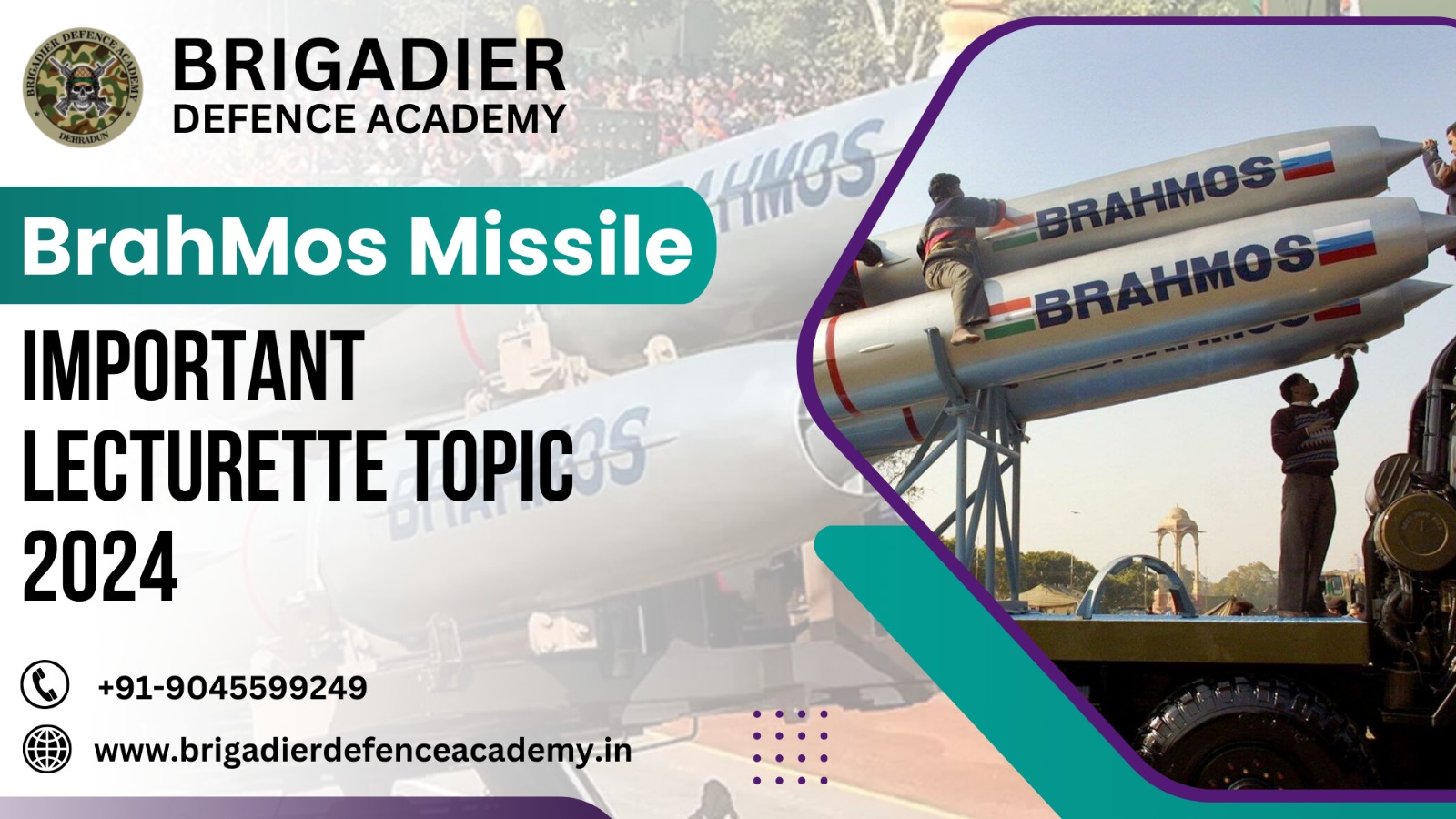I. Introduction to BrahMos Missile
The BrahMos missile is a joint venture between India and Russia, named after two major rivers, the Brahmaputra of India and the Moskva of Russia. It is one of the world’s fastest cruise missiles, known for its supersonic speed and precision strike capabilities. Developed by the Defence Research and Development Organisation (DRDO) of India and NPOM of Russia, BrahMos has emerged as a crucial asset in modern warfare due to its unique features and strategic advantages.
II. Historical Background and Evolution of BrahMos Missile
A. Genesis of BrahMos Project
The idea of developing a supersonic cruise missile was conceived in the late 1990s to enhance India’s defense capabilities. The collaboration between India and Russia brought together their technological expertise and resources to create a cutting-edge missile system.
B. Development Phases
Research and Design The initial phase involved extensive research and design efforts to conceptualize the missile’s specifications, including speed, range, and payload capacity.
Technology Integration
The integration of advanced propulsion systems, guidance mechanisms, and materials engineering played a crucial role in achieving the desired performance benchmarks.
Testing and Validation Numerous test flights and trials were conducted to validate the missile’s performance under different conditions, leading to iterative improvements and refinements.
III. Technical Specifications and Capabilities
A. Supersonic Speed The primary distinguishing feature of BrahMos is its supersonic speed, exceeding Mach 2.8, which significantly reduces reaction time and enhances target penetration capabilities.
B. Versatile Platforms BrahMos is compatible with multiple platforms, including naval vessels, aircraft, and land-based launchers, providing flexibility and adaptability in various operational scenarios.
C. Precision Guidance System
Equipped with advanced guidance systems, including GPS and inertial navigation, BrahMos ensures high accuracy in target acquisition and engagement, minimizing collateral damage.
D. Range and Payload The missile has a formidable range of over 400 kilometers and can carry various warhead configurations, making it suitable for both tactical and strategic missions.
IV. Operational Deployments and Strategic Significance
A. Naval Applications Naval Surface-to-Surface Operations BrahMos-equipped naval ships enhance maritime security by enabling long-range strike capabilities against hostile targets, including enemy ships and coastal installations.
Anti-Ship and Land Attack Missions The missile’s ability to engage moving targets with high precision makes it an invaluable asset in anti-ship warfare and land attack missions, ensuring dominance in littoral regions.
B. Land-Based Missions
Strategic Targets Deployed on land, BrahMos can target critical infrastructure, military installations, and strategic locations deep within enemy territory, acting as a potent deterrent.
Amphibious Operations Support During amphibious operations, BrahMos provides fire support to ground forces, neutralizing threats and creating favorable conditions for tactical maneuvers.
C. Airborne Capabilities Integration with aircraft platforms, such as fighter jets and bombers, extends BrahMos’ reach and operational flexibility, enhancing aerial strike capabilities in both offensive and defensive roles.
V. Technological Advancements and Upgrades
A. Hypersonic Development Ongoing research and development efforts focus on achieving hypersonic speeds for future iterations of BrahMos, enhancing its speed, range, and maneuverability for next-generation warfare scenarios.
B. Stealth and Countermeasures Integration of stealth technologies and anti-jamming capabilities enhances BrahMos’ survivability and effectiveness against modern air defense systems, ensuring mission success in contested environments.
C. Autonomous Targeting Advancements in artificial intelligence and autonomous systems enable BrahMos to adaptively engage multiple targets, improving response times and operational efficiency during complex missions.
VI. International Collaborations and Export Potential
A. Joint Ventures and Technology Sharing India and Russia have expanded their cooperation in missile technology beyond BrahMos, exploring joint ventures and technology sharing in defense research and development.
B. Export Opportunities Several countries have expressed interest in acquiring BrahMos missiles, showcasing its export potential and strategic value in global defense markets, subject to regulatory and geopolitical considerations.
VII. Future Prospects and Strategic Imperatives
A. Indo-Russian Defense Cooperation The continued partnership between India and Russia in missile technology signifies mutual strategic interests and long-term cooperation in enhancing defense capabilities.
B. Integration with Integrated Battle Management Systems BrahMos’ integration with network-centric warfare systems and integrated battle management platforms enhances situational awareness and decision-making for military commanders.
C. Technological Convergence The convergence of emerging technologies, such as artificial intelligence, cyber warfare, and space-based assets, will influence BrahMos’ evolution and integration into future warfare doctrines.
Conclusion
The BrahMos missile represents a paradigm shift in modern warfare, leveraging supersonic speed, precision strike capabilities, and versatile deployment options to enhance strategic deterrence and operational effectiveness. As technological advancements and international collaborations continue, BrahMos is poised to remain a pivotal asset in national security and global defense architectures, shaping the future of missile systems and strategic deterrence strategies.







